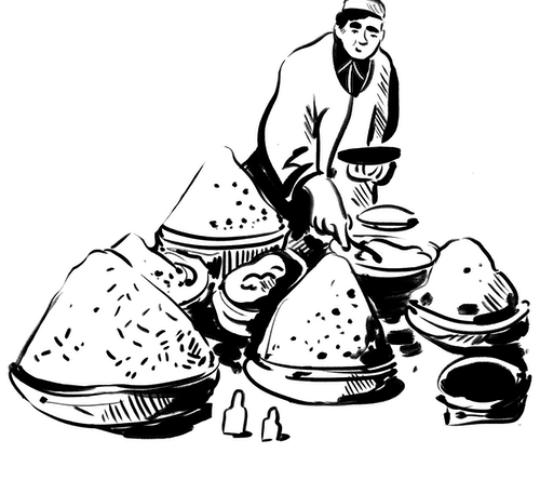The museam without walls
Once the capital of the great Silla Kingdom which ruled much of the Korean Peninsula between 57 BC and 935 AD, Gyeongju was at its height one of the largest cities on earth.
Known as ‘the museum without walls’, the city Gyeongju is strewn with historic temples, tombs, pagodas and statues. Some of the most notable remains are the 8th-century Bulguksa Temple and nearby Seokguram Grotto – the latter of which contains one of the finest Buddhist sculptures in the world – the earthen mound tombs in Tumuli Park and a number of preserved fortresses and palaces.
Highlights
Set back in time and be immersed in the history of the Silla Kingdom
Explore preserved fortresses and earthen mound tombs of Tumuli Park
Visit the remains of the notable Bulguksa Temple and nearby Seokguram Grotto
Luxury accommodation in South Korea
Why book with Jacada?

Personalised design
We’ll plan your trip around your specific interests, tastes and preferences, providing helpful tips and honest advice based on first-hand knowledge of the destination.

Authentic experiences
Our expert guides and brilliant travel concierges are hand-picked to provide a genuine experience, bringing your destination to life with care and passion.

Responsible travel
Our luxury trips are designed with responsible travel principles that prioritise travel experiences that are both good for you and good for the planet.
Trip inspiration
Where to go

Busan
One of the busiest port cities in the world, Busan’s energy is palpable. A city of stark variations with brightly decorated houses, ancient temples, buzzing restaurants and bars, lively fish markets and plenty of opportunity to hike in the surrounding countryside.
Discover more
Jeju Island
An island of natural beauty, exciting hiking and some of the most delicious seafood in the world. Watch in awe as the haenyeo ‘sea women’ free dive for clams, abalone, octopus, squid and seaweed.
Discover more
Jeonju
Hancock Village is the traditional neighbourhood of Jeonju City. Wooden houses form a maze of cobbled streets with an atmosphere of a bygone era. The food scene here draws Koreans from far and wide who spend the day wandering the hundreds of food stalls.
Discover more
Seoul
Home to over half the population and a city of stimulating contrasts. Modern and ancient, energetic and peaceful. Skyscrapers and serene Buddhist temples give way to a hikers paradise in the nearby mountains.
Discover moreMeet your Asia team
When to visit
Although exact dates for the cherry blossom cannot be guaranteed, your best chance of seeing it is to visit from late March to mid-April. If you travel on a South Korea private tour from September to November, you’ll be treated to an explosion of autumn colour, while winter is great for winter sports enthusiasts. July to August is South Korea’s monsoon season, so we suggested avoiding this time of year.

Monsoon season
July - August

Seollal (Lunar New Year)
January/February

Cherry blossoms
March - April
Gyeongju travel guides
Plan your trip to Gyeongju
Whatever you want from your adventure in Gyeongju, our team of expert travel designers are ready to help.


Plan with peace of mind
When you book a trip in today’s world there’s a lot to think about. But with the right advice and expert planning, you can do it with confidence.
If you book to travel with us but your plans are impacted by circumstances you can’t control, we’ll change your reservation or cancel your booking for a full credit towards future travel.
































